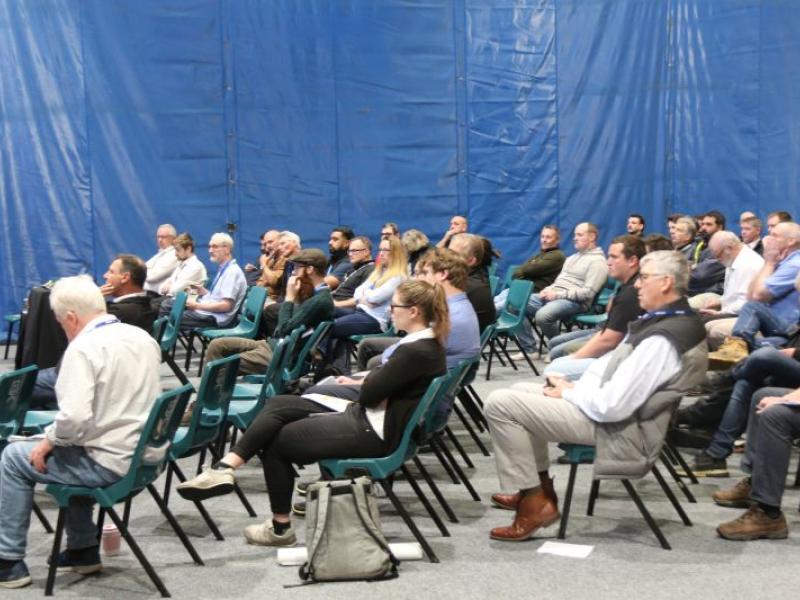In 1927, Thomas Parnell set up the pitch drop experiment, which examines the viscosity of a tar-like substance by the speed at which it flows from a funnel into a jar. The test has seen just eight drops fall in as many decades and, despite the experiment being displayed in the University of Queensland’s physics department; no one has ever seen a drop fall. Just like this test, the need for factory maintenance often goes unnoticed.
Here Gernut van Laak, group automation solutions leader of ABB’s Food and Beverage Program, explains how plant managers can budget for maintenance and ensure optimum efficiency for all processes.
Paper to glass
In terms of research and development, food and beverage is a leading industry because of its use of new, innovative technology. However, when it comes to maintenance, many companies find themselves keeping paper records. While regulation and compliance requirements historically drove these companies to work with paper, advancements in digital tools mean this is no longer the case.
Unfortunately, once paper-based systems are in place, they can be difficult to eradicate. Companies become stuck in their ways, which leads them to ignore the significant cost savings, efficiencies and competitive advantages electronic systems can provide.
The most important driving force for a company’s success is its employees. Today’s maintenance engineers have the computing knowledge to make the switch to digital. Providing them with a familiar interface that quickly connects employees across the organization allows staff to work faster and smarter, increasing productivity. Electronic records also eliminate time-consuming and error-prone data entries that are necessary with paper-based systems.
While staff is the most important factor of any company’s success, the biggest cost of manual maintenance comes from people. Human errors that occur during manual record-keeping can result in redundant actions, rework and audits. Electronic records also eliminate the costs associated with printing, reviewing and retrieving paper documents.
Giving maintenance staff access to electronic devices on the factory floor allows them to input data faster and gives them more time to spend completing maintenance tasks. Having a digital record of the machinery that regularly needs work also means that engineers have easy access to the data when it is time for the next round of maintenance.
Preventative maintenance
Unplanned outages seem to occur at the worst possible moment, whether it be during high season or large batch production. These outages often lead to waste, as the product being made at the time of the outage often must be disposed of. If it doesn’t lead to wasted product, outages will most certainly cause varying degrees of downtime, which not only causes lost production but can lead to orders being cancelled and contracts being lost if deliveries are not made on time.
By considering potential problems on the production line, plant managers can reduce disruptions and help secure long-term competitiveness. All food and beverage manufacturers have periods where they are producing much less than during the high season. This is the ideal time to be carrying out maintenance. If a plant manager knows that their motor is likely to need repairing every year, they can carry out the work during quiet periods, minimising the amount of downtime and lost production.
Overall Equipment Effectiveness (OEE) is a versatile measurement for production efficiency. It takes into consideration three factors – availability, performance and quality. Availability is reduced by equipment failure, setup and adjustment; performance is reduced by idling, minor stops and reduced speed; and quality is reduced by process defects and start-up losses. Improving these factors will majorly impact efficiency – carrying out preventative maintenance helps improve all three by reducing equipment failure, stoppages and defects.
Just like plant maintenance, the pitch drop experiment has recently gone digital. Anyone can log into an online platform to keep watch of the apparatus and hopefully catch the next drop, which might not happen for another eight years. Unlike the pitch drop experiment, factory maintenance can be predicted to save plant managers time and money, while keeping production on course.






